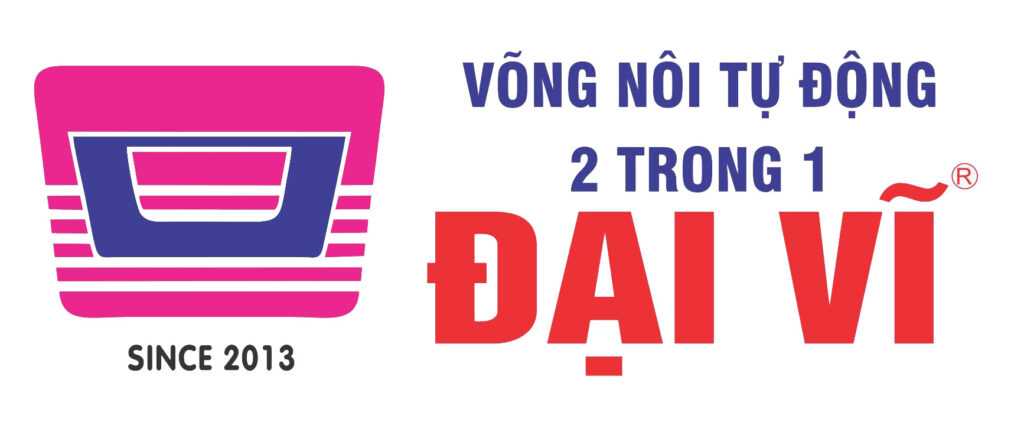Bookkeeping
Break-even Point Analysis Calculator Online with graph
As a new entrant to the market, you’re going to affect competitors and vice versa. They could change their prices, which could affect demand for your product, causing you to change your prices too. If they grow quickly and a raw material you both use becomes more scarce, the cost could go up. Make a list of all your costs that fluctuate depending on how much you sell.
What is your current financial priority?
It won’t tell you what your sales are going to be, or how many people will want what you’re selling. It will only tell you the amount of sales you need to make to operate profitably. Finding your break-even point will help you understand how to price your products better. A lot of psychology goes into effective pricing, but knowing how it will affect your gross profit margins is just as important. A break-even point analysis is a powerful tool for planning and decision making, and for highlighting critical information like costs, quantities sold, prices, and so much more.
Raise your prices
For this, you’ll need to rely on good cash flow management and possibly a solid sales forecast. As you now know, your product sales need to pay for more than just the costs of producing them. The remaining profit is known as the contribution margin ratio because it contributes sales dollars to the fixed costs. When most people think about pricing, they think about variable cost—that is, how much their product costs to make. But in addition to variable costs, you also need to cover your fixed costs, like insurance or web development fees.
- In addition, changes to the relevant range may change, meaning fixed costs can even change.
- If the stock is trading below this, then the benefit of the option has not exceeded its cost.
- The profit is $190 minus the $175 breakeven price, or $15 per share.
- You won’t need to sell as many units, but you’ll still need to sell enough—and if you charge more, buyers may expect a better product or better customer service.
Adding a Variable Costs Table
A break-even chart provides a visual tool for businesses to quickly assess the impact of changes in costs, prices, and other variables on their profitability. It’s particularly useful for understanding how variations in sales volume can affect profit or loss situations. Jina’s small business has the capacity to make and sell 200 bags per month. The fixed costs are $7000 and the variable cost per bag is $30. The break-even point is the point at which the total cost of production equals the total revenue generated.
Assume an investor pays a $4 premium for a Meta (formerly Facebook) put option with a $180 strike price. That allows the put buyer to sell 100 shares of Meta stock (META) at $180 per share until the option’s expiration date. The put position’s breakeven price is $180 minus the $4 premium, or $176. If the stock is trading above that price, then the benefit of the option has not exceeded its cost. Finally, the breakeven analysis often ignores qualitative factors such as market competition, customer satisfaction, and product quality. While the breakeven point focuses on financial metrics, successful business decisions also require a holistic view that looks outside the number.
Why Is Breakeven Point Important?
The next time you’re thinking about starting a new business, or making changes to your existing business, do a break-even analysis so you’ll be better prepared. See what happens if you lower your fixed or variable costs or try changing the price. You may not get it right the first time, so make adjustments as you go. The break-even analysis is important to business owners and managers in determining how many units (or revenues) are needed to cover fixed and variable expenses of the business.
Lowering your variable costs is often the most difficult option, especially if you’re just going into business. But the more you scale, the easier it will be to reduce variable costs. It’s worth trying to lower your costs by negotiating with your suppliers, changing suppliers, or changing your process. For example, maybe you’ll find that packing peanuts are cheaper than bubble wrap for shipping fragile products. Instead, if you lower your price and sell more, your variable costs might decrease because you have more buying power or are able to work more efficiently. If you’re thinking about changing your business model, for example, switching from dropshipping products to carrying inventory, you should do a break-even analysis.
A break-even chart visualizes the whole relationship and makes it easier to follow the break-even point. Generally, to calculate the breakeven point in business, fixed costs are divided by the gross profit margin. This produces a dollar figure that a company needs to break even. If the company can increase its contribution margin per unit to $8 (by perhaps lowering its per unit variable cost), it only needs to aurora bookkeeping sell 8,750 ($70,000 / $8) to break even.
Take your learning and productivity to the next level with our Premium Templates. Someone on our team will connect you with a financial professional in our network holding the correct designation and expertise. Our mission is to empower readers with the most factual and reliable financial information possible to help them make informed decisions for their individual needs.
A breakeven point can be applied to a wide variety of contexts. At that breakeven price, the homeowner would exactly break even, neither making nor losing any money. The break-even point or cost-volume-profit relationship can also be examined using graphs. In accounting, the margin of safety is the difference between actual sales and break-even sales. Managers utilize the margin of safety to know how much sales can decrease before the company or project becomes unprofitable.
Break-even analysis in economics, business, and cost accounting refers to the point at which total costs and total revenue are equal. A break-even point analysis is used to determine the number of units or dollars of revenue needed to cover total costs (fixed and variable costs). By plugging different Q values, we can create a table of total revenue and total costs, which may be bifurcated into total variable costs and total fixed costs. Another limitation is that the breakeven point assumes that sales prices, variable costs per unit, and total fixed costs remain constant, which is often not the case. The price of goods sold at fluctuates, and the cost of raw materials may hardly stay stable. In addition, changes to the relevant range may change, meaning fixed costs can even change.
A) Draw a break-even chart showing the total revenue, total costs, and fixed costs lines. A break-even chart is constructed such that units are plotted on the x-axis and revenue/cost on y-axis. It is useful only when the production is inside the relevant range i.e. output bracket in which fixed costs do not change. While the breakeven point is a valuable tool for decision-making, it has several limitations. One major downside is its reliance on the assumption that costs can be neatly divided into fixed and variable categories.
The breakeven point doesn’t typically factor in commission costs, although these fees could be included if desired. The break-even point is the volume of activity at which a company’s total revenue equals the sum of all variable and fixed costs. Your timeframe will be dependent on the period you use to calculate fixed costs (monthly is most common).
The break-even point (BEP) helps businesses with pricing decisions, sales forecasting, cost management, and growth strategies. A business would not use break-even analysis to measure its repayment of debt or how long that repayment will take. If you’re thinking about starting a new business, a break-even analysis is a must. Not only will it help you decide if your business idea is viable, it will force you to do research and be realistic about costs, and make you think through your pricing strategy. It’s easy to forget about expenses when you’re thinking through a small business idea.
Will you be planning any additional costs to promote the channel, like Instagram ads? In most cases, you can list total expenses as monthly amounts, unless you’re considering an event with a shorter timeframe, such as a three-day festival. If you’re using the break-even analysis spreadsheet, it will do the math for you automatically. The first step is to list all the costs of doing business—everything including the cost of your product, rent, and bank fees. Think through everything what is the difference between a ledger and a trial balance you have to pay for and write it down.




